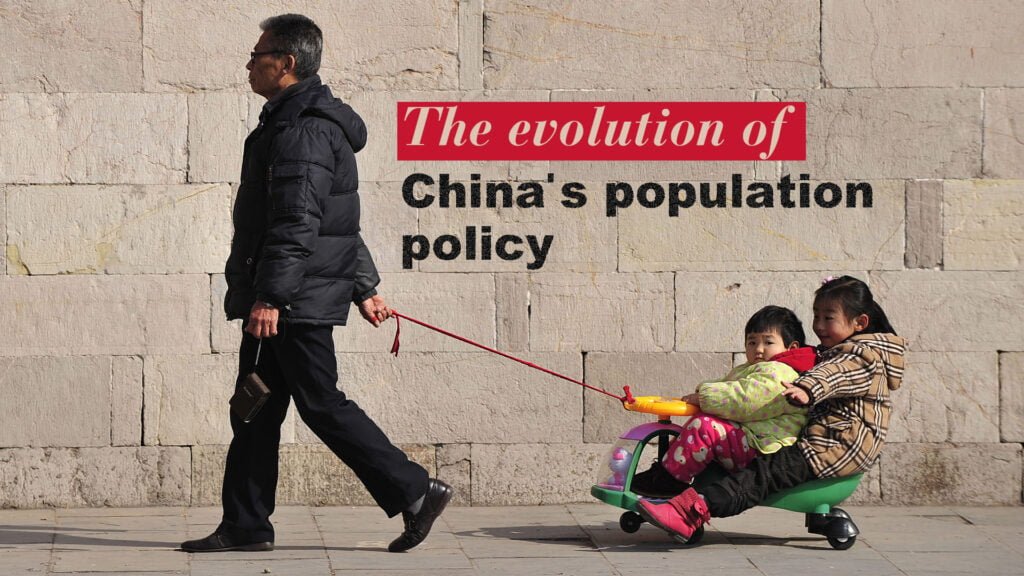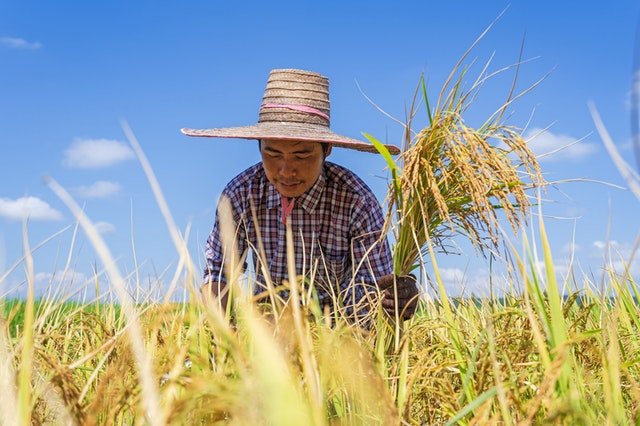| China has announced that it will allow couples to have up to three children, after census data showed a steep decline in birth rates. What does the census say? – There is a significant decrease in birth from 18 million in 2016 to 12 million in 2021 which is the lowest no. of births recorded since 1960s. – The population could peak in the next couple of years and most likely by 2025, when India will become the world’s most populous country. – China’s workforce in the 15-59 age bracket peaked at 925 million in 2011.That number was down to 894 million in this census and would drop to 700 million by 2050. China’s Population policy: – China’s population trends have over the years been largely shaped by the one-child policy, which was introduced in 1979 to slow population growth. – Families that violated the rules faced several penal actions and also forced abortions – The one-child policy also led to a severe gender imbalance in the country. The traditional preference for male children led to large numbers of girls being abandoned or placed in orphanages, or cases of sex-selective abortions or even female infanticide. Why slowing birthrate is a problem for China? – Increase in ageing population and decrease in birth rate will adversely affect the working force population in future. Labour shortage due to less working age population might hamper China’s production level – Since labour is cheap in China, so most of the MNCs has set up their production unit in China. Decrease in labour supply might lead to shifting of the production unit to other countries like Bangladesh and India. Implication of the new 2 child policy: It unclear if the new announcement may address the problem as the earlier two Child policy introduced in 2016 failed to attain desired result owing to financial constraints of the populations to raise more than one child. |



